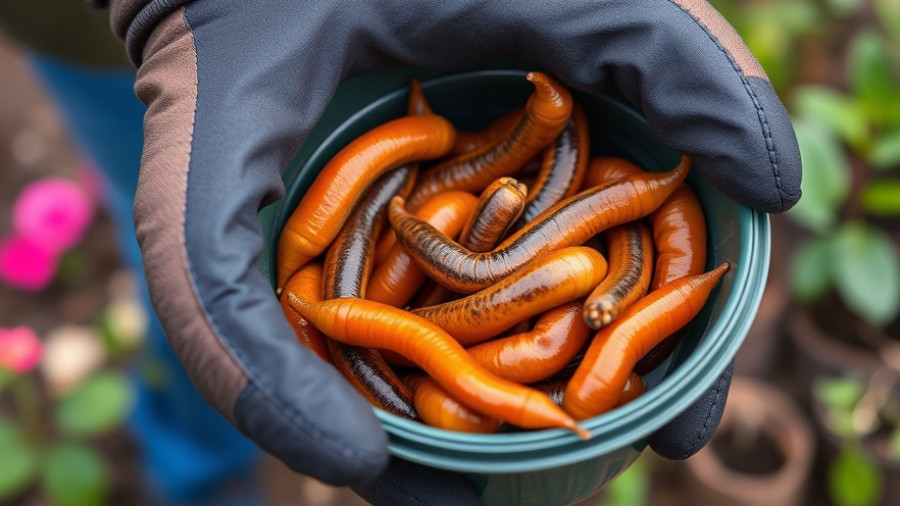
Emergency Food Storage: Preparing for the Unexpected
With the unpredictability of modern life, the question arises: how prepared are you to feed your family without the luxuries of electricity or a nearby grocery store? As natural disasters or power outages become more common, understanding off-grid food preservation methods is essential. More than just a trend among preppers, it's a necessity for anyone looking to ensure food security in uncertain times.
Think Beyond Freezers: Alternative Food Preservation Techniques
While freezers and refrigerators are convenient, they are not foolproof. If the power goes out for more than a day, you could find yourself facing food spoilage. Studies show that Americans waste over 50% of food stored in fridges due to spoilage, meaning that your meal strategy could use a significant overhaul. Will you be ready with a plan once the power runs out?
Learning from History: The Value of Traditional Methods
Historically, our ancestors lived without the ease of modern refrigeration and did so successfully. Techniques like root cellaring, smoking meats, fermenting vegetables, and canning fruits and preserves once filled home pantries. These methods provide valuable lessons on sustainability and food preservation that can keep your family fed even in challenging times. With a revival of interest in these techniques, many modern homesteaders are rediscovering ways to keep food fresh without relying on electrical means.
Getting Started: Simple Steps for Off-Grid Food Storage
If you don’t have farmland or a homestead, you can still implement off-grid food preservation in your kitchen or balcony garden. Start with basic steps:
- Canning: Invest in a water bath canner to safely preserve fruits, vegetables, and jellies. This involves sterilizing jars, sealing in your harvest, and storing them appropriately for future use.
- Fermenting: Fermented foods like sauerkraut and pickles are easy to make and can provide long-lasting nutrition while enhancing gut health.
- Drying: Drying fruits and vegetables is an age-old technique that can extend the life of your produce significantly.
Connect with Others: Community Food Preservation
One of the strongest motivators behind the rising interest in sustainable living is community connection. Forming local groups focused on food preservation can provide shared knowledge, resources, and even bartering options. You might find friends with extra tomatoes willing to trade for jars of homemade salsa or another preserving skill.
Embrace the Challenge: The Rewards of Self-Sufficiency
Transitioning to off-grid food preservation can feel daunting, but the personal growth and self-sufficiency gained from it are well worth the effort. Each method learned is like adding another arrow to your quiver of survival skills, equipping you with the knowledge to thrive even in less-than-ideal conditions. So start small, learn and evolve, and soon you won't view food preparation merely as a chore, but as a form of empowerment.
Are you ready to say goodbye to food waste and hello to sustainable living? Start by exploring local workshops on food preservation or reading up on the various methods online. The shift towards off-grid food storage not only nourishes your family, but it also contributes to a greener planet.
 Add Row
Add Row  Add
Add 




Write A Comment